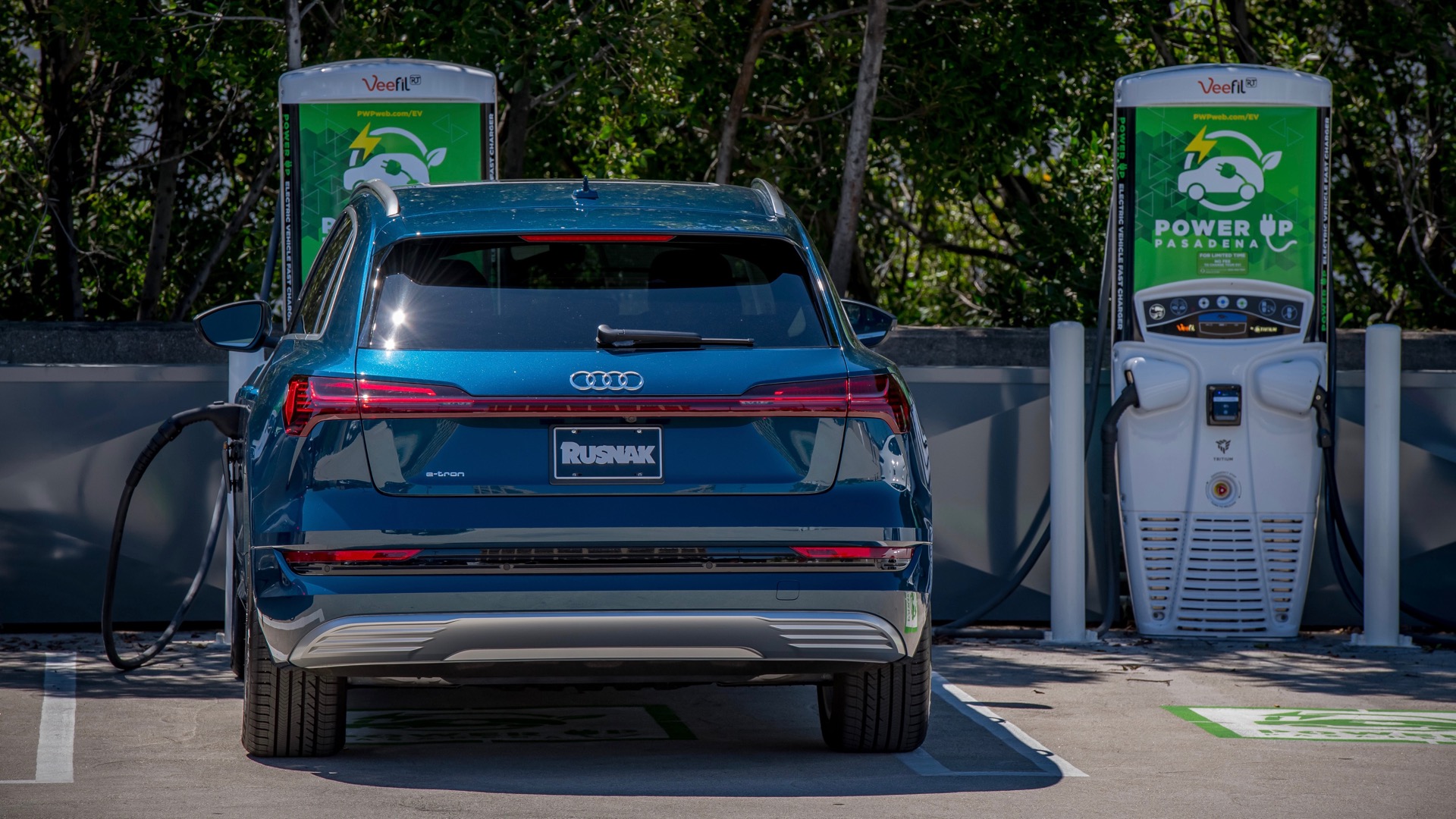California moves toward banning new cars running only on gasoline by 2035. The major climate regulation to be proposed by the car-clogged state could have far-reaching effects on the auto industry

California is working to end sales of new gasoline cars, but to do that it will need nearly 1.2 million EV charging stations by 2030, according to a new report from the California Energy Commission (CEC).
The report, released last week, was part of California Assembly Bill (AB) 2127, which looks at charging needs to support Governor Gavin Newsom’s 2020 executive order requiring all new passenger-vehicle sales to be zero-emission (either battery-electric or hydrogen fuel-cell) by 2035. A follow-up report will examine 2035 charging needs, a CEC press release said.
READ MORE: Tesla agrees to pay owners for cutting range and charging rates on some cars
But almost immediately, California asks EV owners to voluntarily limit charging their electric vehicles. Heading into one of the busiest holiday travel weekends in the United States, and just a week after approving a bold plan to ban the sale of new gasoline cars, California asked electric vehicle owners this week to limit when they plugged in to charge.
The California Independent System Operator, which manages the state’s power grid, sent a Flex Alert asking all residents to voluntarily reduce their electricity use between 4 p.m. and 9 p.m. on Wednesday and Thursday and warned that more alerts were possible through the Labor Day weekend.
Temperatures were expected to soar into the triple digits in many parts of the state. High temperatures push up the demand for energy as people crank up their air-conditioners. The state operator also urged residents to conserve power by setting their thermostats to 78 degrees or higher, avoiding the use of major appliances and turning off unnecessary lights.
It is not the first time extreme heat has affected drivers of electric vehicles. Last month, a heat wave in China created havoc for drivers, according to reporting by MIT Technology Review. During a Texas heat wave in July, Tesla also asked its customers to avoid charging their cars at peak times.
“This from the same state that’s going to force everyone to buy electric cars by 2035,” Representative Steve Scalise of Louisiana, the House minority whip, said on Twitter. “This is what Democrat control looks like — and they want it nationwide. What a joke.”
The Flex Alert came as California legislators rushed to send a number of climate bills to Gov. Gavin Newsom around midnight Wednesday, including a record $54 billion in spending, sharp new restrictions on oil and gas drilling and a mandate that the state stop adding carbon dioxide to the atmosphere by 2045.
A spokeswoman for the governor, Erin Mellon, said that the request to avoid charging electrical vehicles has been misrepresented by critics of California’s efforts to curb emissions.
“We’re not saying don’t charge them,” she said. “We’re just saying don’t charge them between 4 p.m. and 9 p.m.”
Experts acknowledge that moving to more electric vehicles in the coming years will present a challenge, and part of that challenge is building a grid that is up to the task. But they said it was laughable to call a few hours of voluntary charging limits a sign of failure.
“Nobody charges during those times anyway. It costs more.”
Elaine Borseth, President of the Electric Vehicle Association
Even outside of a heat wave, those hours tend to be the most expensive to plug in an electric vehicle, because there is the most demand on the grid around that time, as people arrive home and many business remain open. It is also when renewable sources of energy, such as solar, are dropping off the grid for the day.
The ISO (Independent System Operators) has collaborated extensively with the CPUC, the California Energy Commission and a broad group of stakeholders on market and transmission improvements to integrate increasing amounts of renewable energy. More than 15,000 MW of grid-connected solar power capacity and almost 8,000 MW of wind are now online.
With California committed to a carbon-free power system by 2045, more solar and wind are expected, along with dramatic growth in storage capacity on the system. Another 600 MW of solar and 200 MW of wind are projected to be added to the grid by June 1 of this year. The system currently has more than 2,700 MW of storage, most of it in lithium-ion batteries, and that number is projected to grow to about 4,000 MW by June 1.
Storage has been critical to reliability during the transition to renewable energy, as it charges using solar and wind output during the middle of the day, and re-injects it back onto the grid on hot summer evenings when solar production has ended and demand remains high.
Is it all making sense now? The real reason the United States supports Ukraine and why we are sending billions of American tax dollars in aid & weapons.
“Ukraine has great opportunities to become one of the world’s leading lithium producers,” they said.
According to experts, the main reserves of this metal, also known as “white gold”, are located in the Donbas region, in the east of the country, and in a territory known as the “Ukrainian Shield”, in the centre. And, as the journal Scientific Collection Interconf has revealed, the Ukrainian deposits could be as much as 500,000 tonnes of lithium oxide, in the form of petalite, spodumene or lithium carbonate.
According to preliminary estimates, researchers believe that Ukraine is a treasure trove of lithium, holding about 500,000 tons of the “non-renewable mineral that makes renewable energy possible.” Lithium has become virtually irreplaceable in electric vehicle (EV) batteries because of its efficient energy storage per unit of weight. Skyrocketing global demand growth for lithium is estimated to range from 400% to 4,000% in coming years. Demand will outpace supply and, without more investment in mining capacity, costs could become prohibitive to EV adoption. Elon Musk’s dream of lowering prices to attract new customers was already crushed when Tesla announced a price hike of over $2,370 for its Model Y vehicle soon after the crisis began.

Lithium is critical to a successful clean energy future. Losing access to one of the largest potential sources of lithium oxide in the world has raised concerns about the world’s ability to bridge the gap in supply.
READ MORE: Lithium: The Link Between the Ukraine War and the Clean Energy Transition
In addition to the 1.2 million charging stations for passenger vehicles, the CEC estimates 157,000 will be needed by 2030 to support the 180,000 electric medium- and heavy-duty trucks, and electric buses, anticipated to be on the road by that time.
More than 73,000 charging stations have been installed to date, with an additional 123,000 planned by 2025, according to the report. That falls short of the state’s goal of 250,000 charging-station installations by 2025, but Newsom’s proposed 2021-2022 budget includes $500 million to help fill that gap, the CEC noted.

